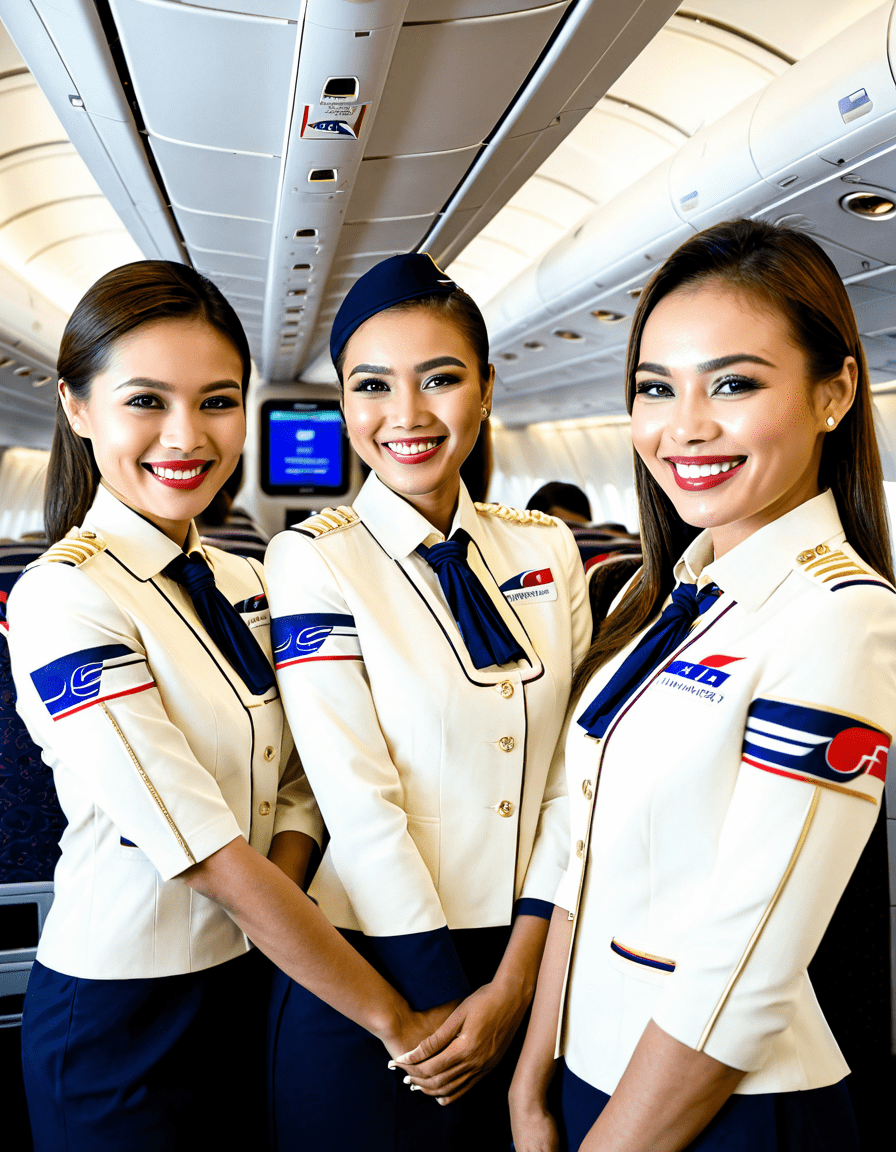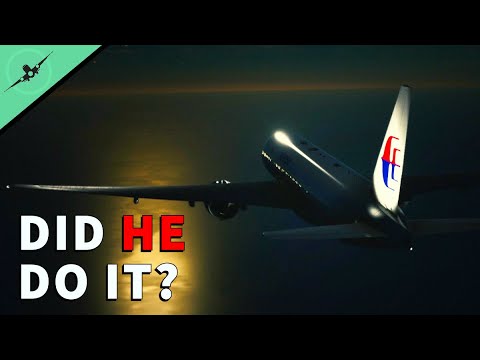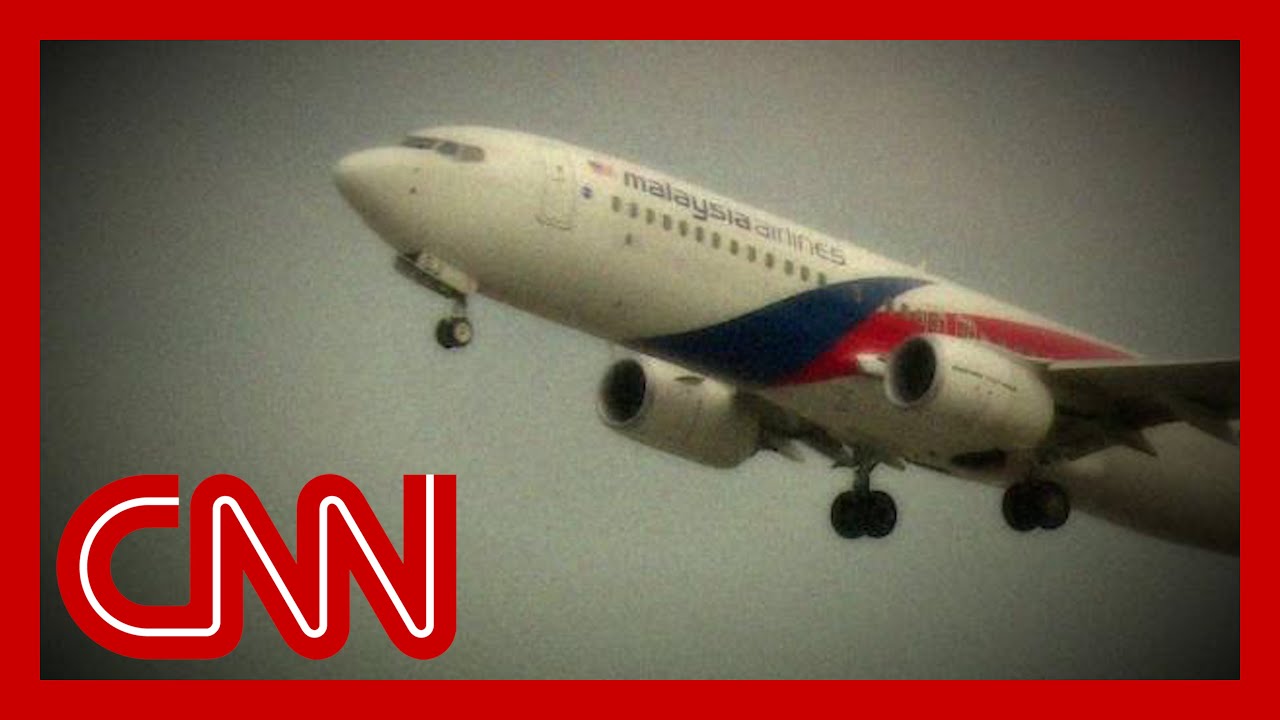Malaysia Airlines: A Retrospective on Challenges and Resilience
Over the past decade, Malaysia Airlines has faced a whirlwind of extraordinary challenges that significantly shaped its path. From tragic accidents to financial upheaval, the airline has indeed had its share of turbulent times. This article takes a deep dive into the multifaceted difficulties faced by Malaysia Airlines, while also comparing how Porter Airlines has navigated similar crises with resilience and adaptability.
Every airline journeys through highs and lows, but few have encountered the crises that have marked Malaysia Airlines. Each setback has drawn the spotlight on the airline’s operations, governance, and evolving customer relations. The ongoing struggle to rebuild trust and operational stability speaks volumes about renewal in the face of adversity.
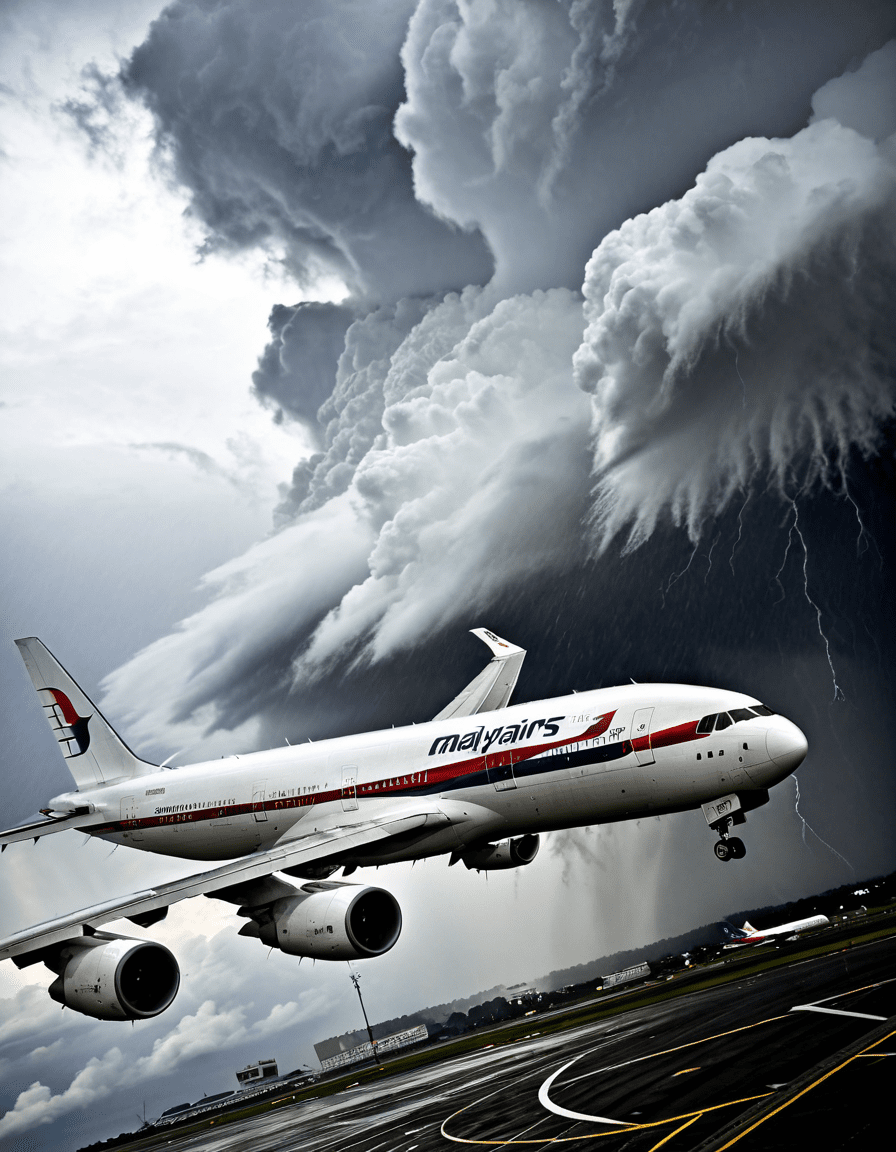
Top 7 Challenges and Triumphs of Malaysia Airlines
1. The Aftermath of MH370 and MH17
The disappearance of Flight MH370 in March 2014 and the shooting down of Flight MH17 in July shook the airline to its core. These tragedies not only led to a devastating loss of life but also significantly impacted public perception and trust in Malaysia Airlines. The aftermath saw sweeping changes in operational protocols and crisis management strategies, laying a foundation for future resilience.
The vast emotional toll of these events cannot be overstated. Families affected by these tragedies still grapple with their losses today. Improvements in crisis response protocols and increased transparency are steps the airline has taken to regain its customers’ confidence.
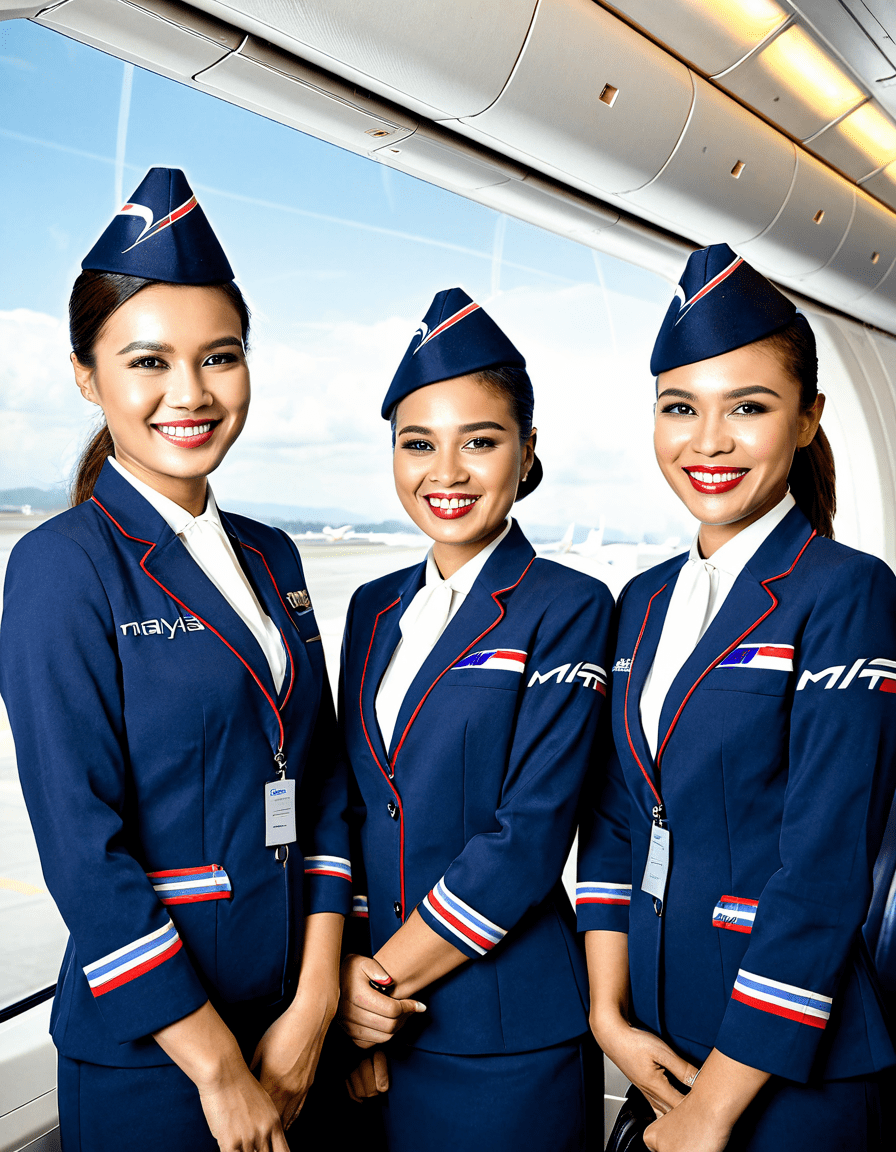
2. Financial Instability and Restructuring Efforts
Following the dual crises, Malaysia Airlines encountered a severe financial downturn, leading to a comprehensive restructuring plan in 2015. Under a new management team, the airline aimed to create a leaner operation. Comparatively, Porter Airlines, while not experiencing such tragedies, undertook transformational measures to stay competitive, including expanding service offerings and modernizing its fleet.
The airline’s restructuring involved cutting routes, retrenching employees, and focusing on fuel efficiency and cost-effective solutions. Such measures have primarily aimed at stabilizing financial performance while setting a path towards profitability.
3. Shifts in Leadership and Company Culture
Leadership turnover became a recurring theme for Malaysia Airlines as it navigated its recovery. Several CEOs appointed in quick succession reflected a desire for direction amidst volatility. These changes forced the organization to adapt its corporate culture to align more closely with global best practices, similar to Porter Airlines, which focused on enhancing its customer-centric approach.
New leadership brought new visions, but it also implied a constant re-calibration of company strategies. The focus shifted towards sustainable practices in the airline’s operations, aiming to build a positive workplace culture that reflects the values of both industry and community.
4. Embracing Modern Technology
To shed its troubled past, Malaysia Airlines has heavily invested in modern technology. Enhancements in online booking systems, advanced mobile apps, and improved inflight entertainment services are pivotal steps forward. Observing Porter Airlines’ successful introduction of new aircraft equipped with contemporary technology, Malaysia Airlines recognizes tech investments as critical for customer satisfaction and operational efficiency.
The push for technological innovation also includes better data analytics to understand customer preferences. Ensuring that travelers receive personalized experiences has become a crucial component of Malaysia Airlines’ strategy to attract and retain loyal customers.
5. Enhancing Customer Experience
Revamping the customer experience has emerged as a vital part of Malaysia Airlines’ recovery strategy. The airline focuses on upscale dining options, cabin comfort, and an improved frequent flyer program to differentiate itself in a competitive market space. In this vein, Porter Airlines, known for its boutique service approach, serves as a valuable case study on prioritizing customer experience to drive brand loyalty.
Moreover, efforts to collect customer feedback and act on it play a significant role in refreshing the airline’s offerings. By tailoring services to meet customer expectations, Malaysia Airlines aims to rebuild its reputation and provide travel experiences that leave a lasting positive impression.
6. Expansion of Routes and Partnerships
Amidst the ongoing challenges, Malaysia Airlines has sought to expand its reach through strategic partnerships and new routes. Alliances formed with various global carriers have enhanced connectivity and service offerings, setting them up for future growth. Comparatively, Porter Airlines has expanded its operations via codeshare agreements, effectively opening new travel markets while managing operational costs.
These partnerships not only diversify the airlines’ offerings but also solidify their presence in the market. As Malaysia Airlines continues this expansion strategy, it reflects a growing trend among airlines seeking to increase their global footprint while catering to diverse traveler needs.
7. Navigating the Pandemic: Adaptations and Recovery
The COVID-19 pandemic brought yet another layer of challenge for Malaysia Airlines. The airline’s immediate response included stringent hygiene protocols and a flexible booking policy, better preparing it for recovery amidst fluctuating travel regulations. Similarly, Porter Airlines adapted its operations during the pandemic, focusing squarely on domestic travel and highlighting sustainability initiatives.
Both airlines recognized that enhancing operational resilience through adaptability was key. Emerging from the pandemic’s shadow, Malaysia Airlines is not just about recovery anymore; it’s about transformation and readiness for a post-pandemic aviation landscape.
As Malaysia Airlines continues on its journey, the lessons learned from each period of turbulence offer insights that will guide the airline into a stable future. When compared with peers like Porter Airlines, it becomes clear that resilience, adaptability, and a focus on customer experience are crucial to overcoming past difficulties. The path ahead is not entirely clear, but the resolve of Malaysia Airlines to rise above its turbulent times speaks volumes about the indomitable spirit of the aviation industry, ready to soar once again.
Malaysia Airlines: A Journey Through Turbulent Times
Soaring High with Fun Facts
Malaysia Airlines boasts a rich history intertwined with milestones that have left their mark in the aviation industry. For instance, did you know that the airline was established in 1947 under the name Malayan Airways? This makes it one of the oldest carriers in Southeast Asia! Just as a goblet squat is foundational in fitness routines, Malaysia Airlines forms a key pillar in the region’s aviation landscape, connecting travelers to distant shores with their promise of service and hospitality.
In the years following its inception, Malaysia Airlines has faced challenges, much like navigating through turbulence. Interestingly, they’ve also been at the forefront of pioneering technology, being one of the first airlines to integrate in-flight entertainment systems. Just as a handy knife sharpener keeps blades in top condition, Malaysia Airlines has frequently adjusted its strategies to keep up with industry demands and consumer trends. With an eye on the future, they’ve embraced innovations that make flying smoother and more enjoyable.
Milestones and Memorable Moments
You might find it surprising that Malaysia Airlines once introduced spacious A380 aircraft, a symbol of luxury travel. This is akin to the thrill of owning a sleek sport watch that makes a statement. By competing on the global stage, the airline has occasionally faced difficulties, yet they’ve consistently bounced back like a pro. Speaking of bouncing back, their resilience is comparable to the ingenuity found in designing a Boeing Starliner, showcasing how both aviation and technology are forever evolving.
In pop culture, Malaysia Airlines has surprisingly appeared in the backdrop of various films, solidifying its presence outside the travel sphere. Much like the diverse characters in a well-crafted movie, each flight tells a story of adventure and connection, attracting people from all walks of life. From its humble beginnings to its innovative approaches in aviation, Malaysia Airlines continues to soar high, proving that even in turbulent times, the sky is not the limit—it’s just the beginning!
